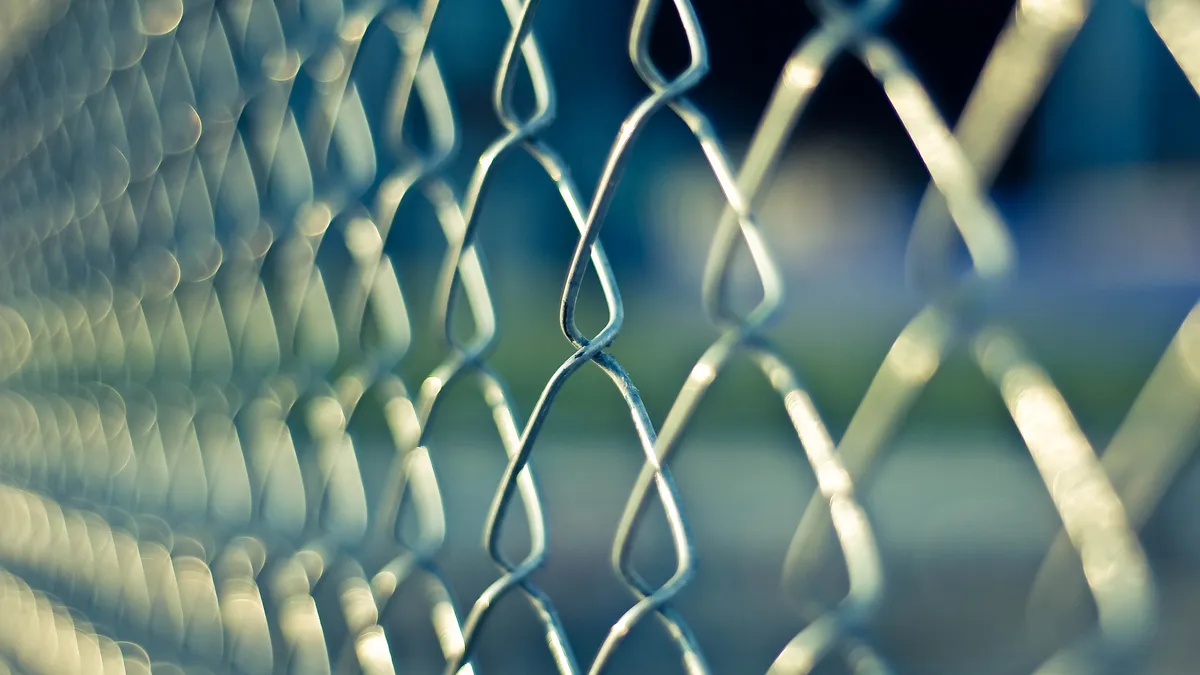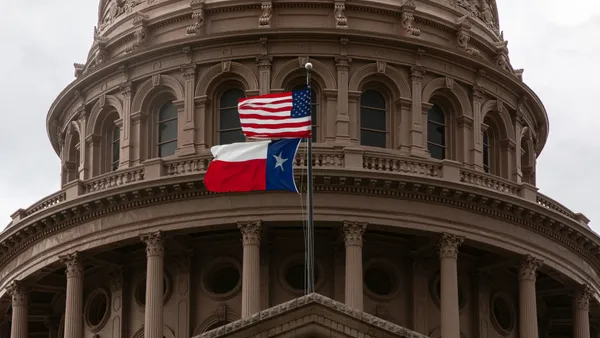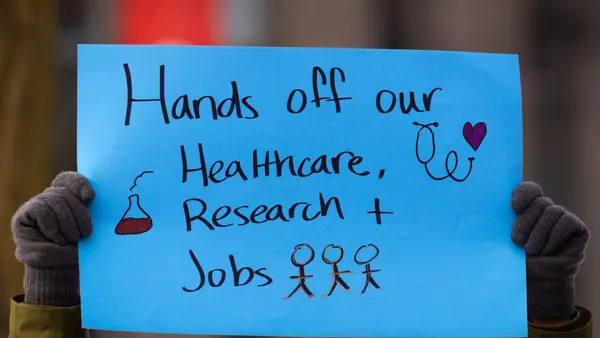Dive Brief:
- The U.S. Department of Education on Monday announced it is expanding the Second Chance Pell program, which allows up to 12,000 incarcerated individuals to receive Pell Grants in order to pursue a degree or credential.
- The expansion will add new colleges to the experimental sites initiative, in which there are currently 64 participating institutions across 26 states. Including new institutions will help the department evaluate the effectiveness of the program, the agency said in the announcement.
- Education Secretary Betsy DeVos said in the statement that the Second Chance Pell experiment has "shown significant promise," adding that the expansion and its results will help members of Congress as they work to reauthorize the Higher Education Act (HEA).
Dive Insight:
In 2015, the Ed Department announced the Second Chance Pell program, which is meant to test the impact of giving incarcerated individuals access to Pell Grants. Since then, program participants have earned nearly 1,000 credentials, according to the department.
People who are incarcerated haven't always been cut off from Pell Grants. The U.S. implemented the ban in 1994, when then-President Bill Clinton signed a number of tough-on-crime policies into law.
Recently, however, federal lawmakers from both sides of the aisle have signaled interest in lifting the ban. Last year, Sen. Lamar Alexander, a Republican from Tennessee who heads the Senate's education committee, said its members would consider restoring Pell access to incarcerated students.
Similarly, House Democrats proposed striking down the ban last year in a bill to reauthorize the HEA.
Lifting the ban could help lower recidivism rates. That's because those who participate in education programs while incarcerated are 43% less likely to return to prison than those who don’t, according to a 2013 report from Rand.
Yet only 9% of incarcerated adults complete either a certificate or an associate degree, according to a recent Vera Institute report. Researchers say this rate "does not appear to arise from disinterest," but rather prisoners' lack of financial means.
Expanded prison education could also be a boon for local economies. For example, Connecticut's Asnuntuck Community College offers manufacturing credentials to incarcerated adults, helping meet local workforce needs. Likewise, Wisconsin employers have hired workers who have received certificates in manufacturing from Milwaukee Area Technical College while they were incarcerated.
The program may also have benefits for the states. The Vera Institute estimates that roughly 463,000 people in state prisons are Pell Grant eligible. If half of those eligible participated in a postsecondary education program, the employment rate for released prisoners could jump by 2.1%, and states together could save nearly $366 million a year on incarceration costs.
Even so, difficulties remain with prison education. Educators often have to work around technology limitations and get approval to bring materials into prison. There's also uncertainty around when the experimental sites program will end.














